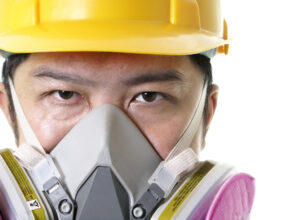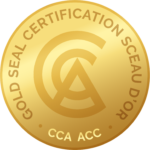Crystaline Silica Exposure
Occupational regulations for silica dust outline the required elements and considerations such a risk assessment, exposure control plans, air monitoring, record keeping, house keeping practices, and worker instruction and training. Workers are not to engage in a work activity or a silica process that may result in exposure to (RCS) respirable crystaline silica dust unless a risk assessment has first been completed by a qualified person.
Silica is a designated substance requiring employers to keep exposures as low as reasonably achievable (ALARA). Silica makes up nearly all of what we call “sand” and “rock.” Silica may occur as amorphous free silica and crystalline free silica, of which the three principal forms are quartz, tridymite and cristobalite. Certain materials contain both amorphous and crystalline free silica.

Most of the products sold for industrial use are termed silica sand. The silica in the sand will normally be in the crystalline free silica form of quartz. Some common materials that contain silica include rock and sand, topsoil and fill, concrete, cement, mortar masonry, brick, tile, granite, sandstone, slate, asphalt that contains rock and stone) and fibrous cement board containing silica.
Silica is a primary component of construction materials, and silica containing dust can be generated from cutting, grinding, sanding, sandblasting, drilling or abrasive blasting, on concrete, bricks or masonry blocks. Particles, known as the respirable fraction, are the cause of silica-related diseases. These particles are so small that individually they cannot be seen and are capable of penetrating to the area of the lung in which gas exchange occurs. When work tasks create silica containing dust, the process can be enclosed and venting points connected to local exhaust ventilation can be implemented. In other applications such as cutting operations, wetting may be more effective than local exhaust ventilation. Respirators should not be relied on as a primary means of preventing exposure to silica dust. If a worker is or might be exposed in a workplace to an air contaminant that exceeds an 8-hour TWA the worker must wear an appropriate respirator. Respirator which requires an effective seal with the face for proper functioning necessitates the worker undergoing annual fit testing to demonstrate that the facepiece forms an effective seal.




